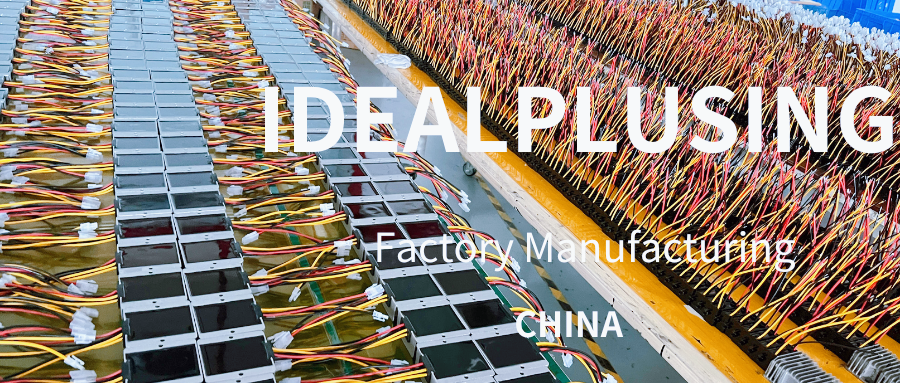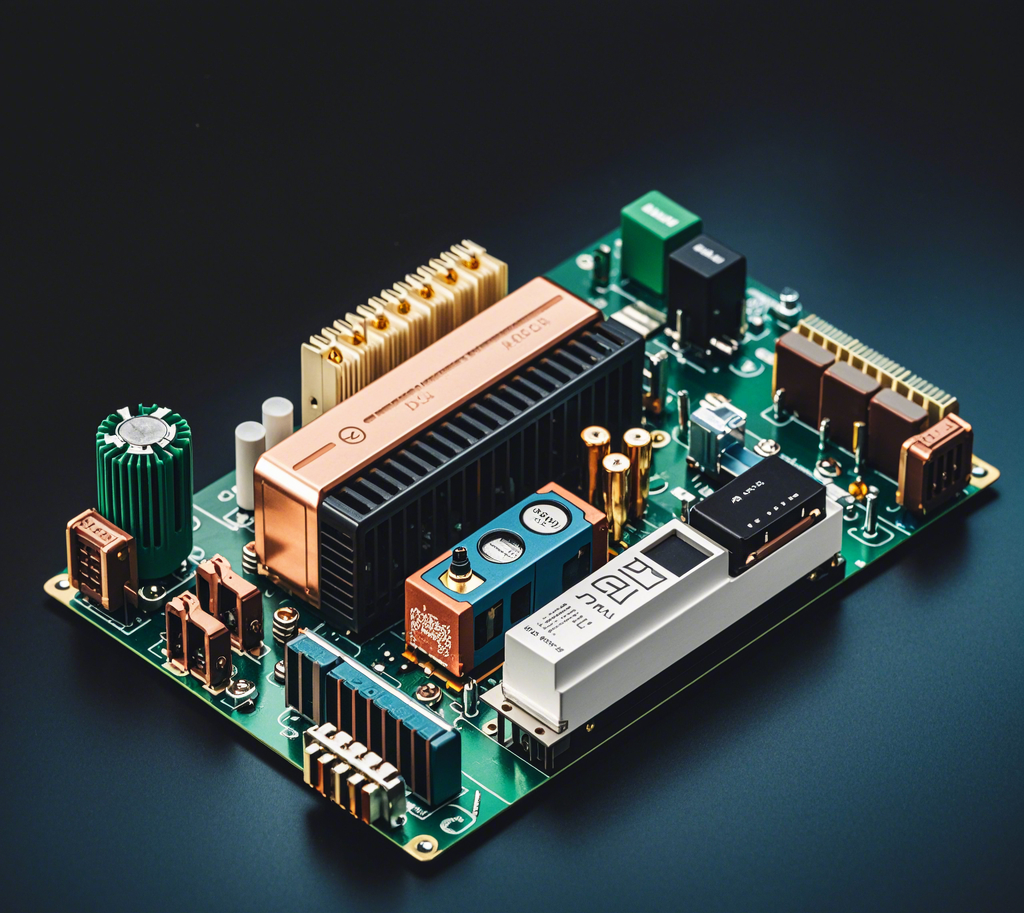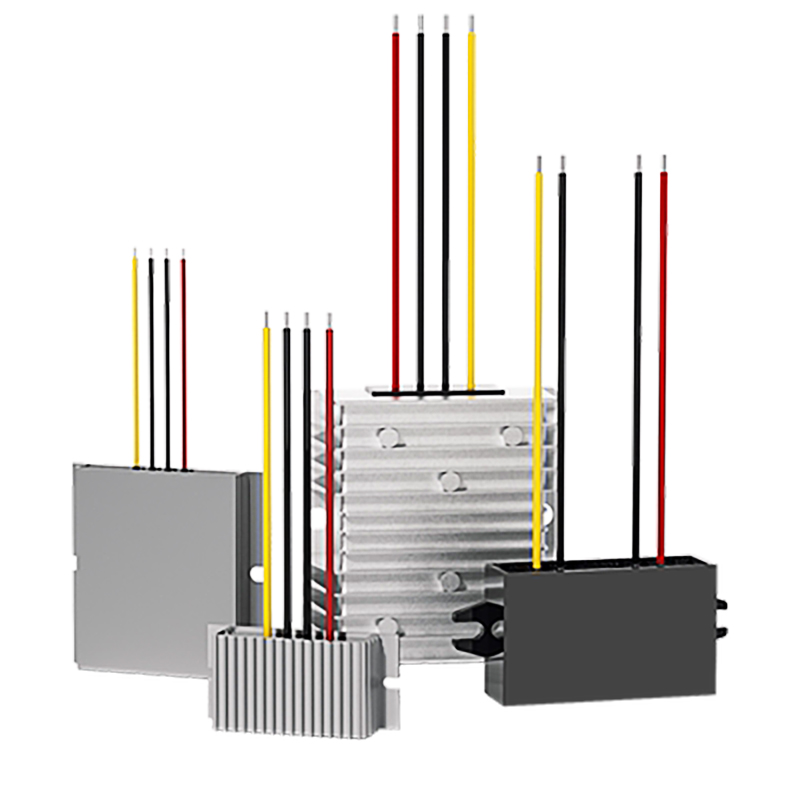
Power management modules play an important role in modern electronic devices. Among them, DC-DC converters are efficient power conversion devices that are widely used in various situations where a stable and efficient power supply is required. So, how does a DC-DC converter work? In this article, we will unravel the mysteries of the working principle of DC-DC converters.
●Overview of DC-DC Converter
A DC-DC converter or DC-DC converter is an electronic device that converts one DC voltage into another. Its working principle is to decompose the input DC voltage into a pulse waveform by the fast switching action of the switching tube (MOSFET, IGBT, etc.) and pass it through a filter circuit to obtain the required stable DC output voltage.

●Working principle of DC-DC converter
1. Switch tube chopping: When the switch tube is turned on, the input voltage is applied to the inductor L and the inductor L starts to store energy. When the switch tube is turned off, the inductor L releases energy through the freewheel diode D and transfers electrical energy to the load. In this way, the input voltage is chopped into a pulsed waveform.
2. Filter circuit: After the pulse waveform passes through the filter circuit consisting of inductor L and capacitor C, high frequency components are filtered and a relatively uniform DC output voltage is obtained.
3. Feedback and control: In order to maintain the stability of the output voltage, DC/DC converters usually set up a feedback loop. Samples a part of the output voltage and compares it with a preset target voltage. The error signal generated is amplified to control the duty cycle of the switch tube and adjust the output voltage.
DC-DC Converter Working Steps | Description |
Switch Tube Chopping | The switch tube is turned on and off to chop the input voltage into a pulse waveform, and the inductor stores and releases energy. |
Filter Circuit | The inductor and capacitor form a filter circuit to filter out the high-frequency components of the pulse waveform to obtain a smooth DC output voltage. |
Feedback and Control | The feedback loop samples the output voltage and compares it with the preset target voltage, controlling the switch tube duty cycle to stabilize the output voltage. |

●Advantages of DC-DC converter
1. High efficiency: By using switching power supply technology, the conversion efficiency of DC-DC converters is very high, typically up to 80-95%, which greatly reduces energy waste.
2. Small size: Compared with traditional linear regulators, DC-DC converters are smaller and lighter, and easier to integrate and install.
3. Wide input voltage range: DC-DC converters can adapt to a wider input voltage range, improving the stability and reliability of the power system.
4. Protection functions: Modern DC-DC converters usually also have protection functions such as overvoltage, overcurrent and overtemperature, which can effectively protect the safety of the power grid and load equipment.
In other words, as an efficient and stable power conversion device, DC/DC converters play an irreplaceable role in modern electronic equipment. Understanding the working principle will help you better select and use DC/DC converters to provide stable and reliable power to your electronic equipment.






